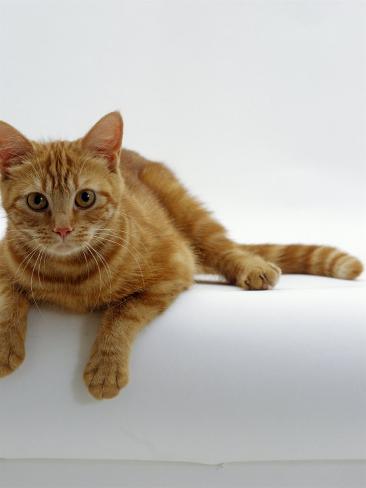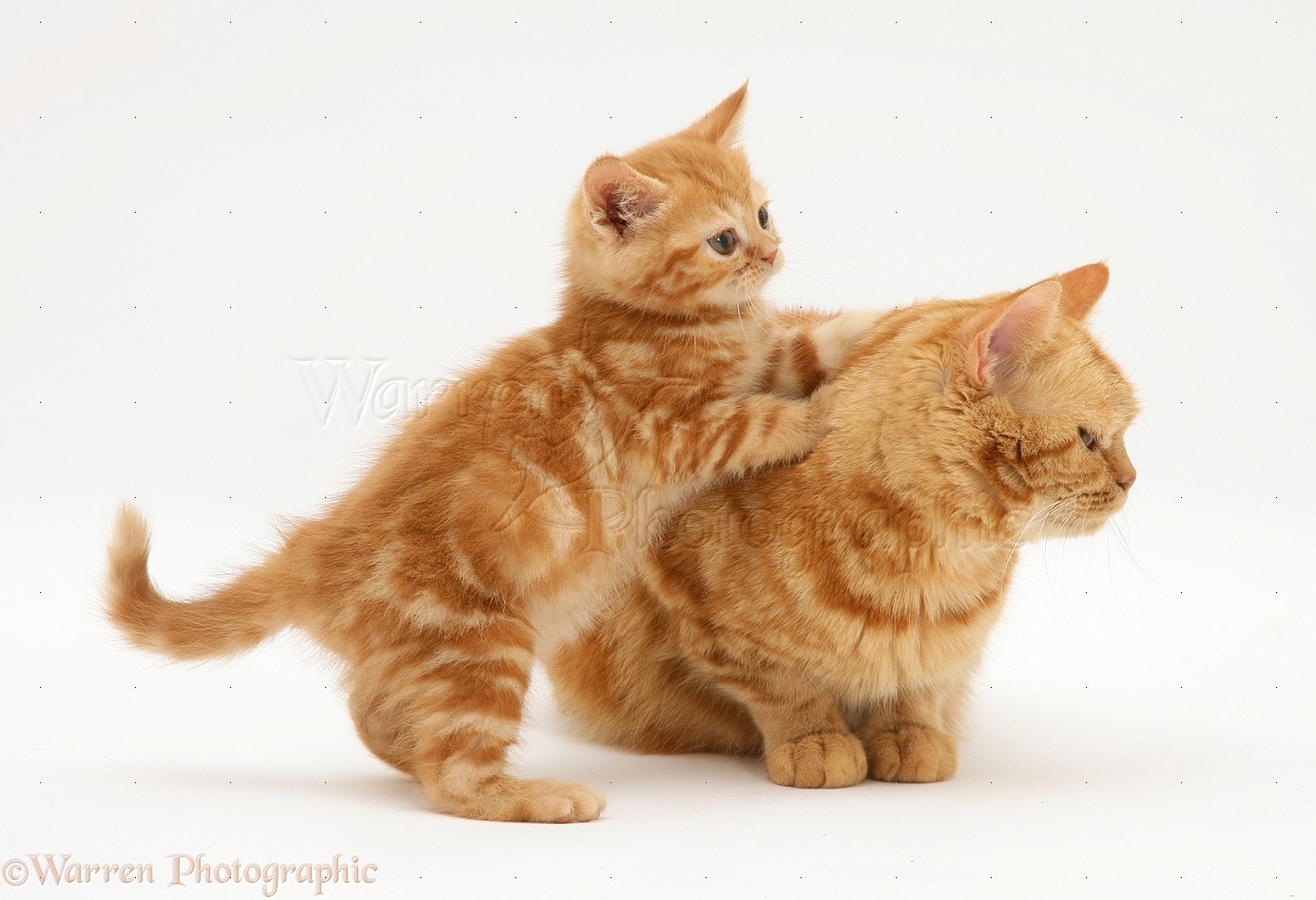

This cat is shedding in the spring and autumn, so it needs to be brushed more often at that time. Brushing once a week with a soft ‘slicker brush’ is enough to remove dead hairs and to spread the natural oil of the coat. Thanks to its short, dense coat, these cats do not need to be brushed as often as long-haired breeds such as Norwegian Forest Cats and British Longhairs. A British Shorthair is sweet and social, without being overly affectionate. It is a lot of fun to drag this cat everywhere you go, but in general these cats don’t like to be picked up and held all day long, like Ragdolls for example. If you socialise them well with other people as a kitten, this sweet cat will quickly get used to company. Especially if they are well socialised from an early age. These Rebels are not the most difficult, and often get along well with other cats, dogs and family members. The British Shorthair can entertain itself well when no one is at home, but demands a big cuddle and active playtime every day. These cats are often calm and quiet, but they do love to play with their owners. Thanks to their muscular bodies, this athlete is capable of bursts of energy. Although this breed is more likely to nap on the floor rather than on top of the fridge, they can also go on a rampage. Left: making optimal use of her Maine 90 scratching post– Right: The Rebels of chilling on our Scenic View 175 Characterīritons are generally a less active cat breed. – Color Points: These cats are easily recognized because of a concentrated amount of colour in certain areas, such as the muzzle and the tips of the paws. Especially an M-like shape and rings at the end of the tail are common in tabby cats. Often these cats can be recognised by some patterns in their coat. – Tabby: Tabby British Shorthairs also come in a rainbow of colours. The most common combinations are black and red, blue and cream, chocolate and red, cinnamon and red, and lilac and cream. – Tortie: Also called tortoiseshell cats, these cats have two different colours spread all over the coat. Some Britons even have two different eye colours! – Eyes: This cat breed has a deep yellow/orange to copper eye colour. Nowadays they can also be found in the colours lilac, chocolate, cinnamon cream, black, red and white. Grey or blue is the most common colour because this was the original colour of the breed.
BRITISH SHORTHAIR RED TABBY KITTENS FOR SALE FULL
– Full Colour: British Shorthairs come in a wide variety of solid colours. However, the combination of grey coat and orange eyes is the most common variant. Colours and patternsĪlthough the ‘British Blue’ originally had a blue-grey coat, the breed can now be found in a lot of different colours and patterns. Thanks to the relatively short ears, round snout and large characteristic eyes, it is hard not to cuddle this bear. They do not say for nothing that this cat is “the Teddy bear among the cat breeds”. Because of the short, thick coat this cat feels super soft. The coat of the Briton is, as the name suggests, short.

Females are slightly smaller, weighing up to about 5 kilograms. Thanks to their muscular build, males can weigh up to 7 kilograms. Not as big as a Maine Coon, but almost as heavy. The British Shorthair is generally a robust, muscular medium to large cat. In 1967 the breed was officially recognised by the American Cat Association and in 1979 by the International Cat Association. After the war, the British Blue was crossed with Russian Blues, Persians and domestic cats to keep the breed alive. The Bsh, owned by the enthusiastic Harrison Weir, won the award for best show cat.ĭue to food shortages during the Second World War, many breeders had difficulty feeding their litters and the breed almost came to an end. In the 19th century, as cat breeding became increasingly popular in the UK, the British Shorthair (then the British Blue), entered the very first organised cat show in Britain. There, these natural hunters helped the Romans to keep vermin away from their camps. However, the ancestors of this breed were probably brought to England by the Romans. You can’t make it up, but the British Shorthair obviously comes from Great Britain. Read on if you want to know more about this lovely cat breed or look at cat trees for British Shorthairs! Origin British Shorthairs generally have unique personal characteristics that make this beautiful cat breed stand out from other breeds, but of course, each cat has its own behavioural pattern. Today however, this teddy bear can be found in a wide variety of patterns and colours.


This gentle cat breed is known for its soft appearance, blue-grey coat and bright orange eyes.


 0 kommentar(er)
0 kommentar(er)
